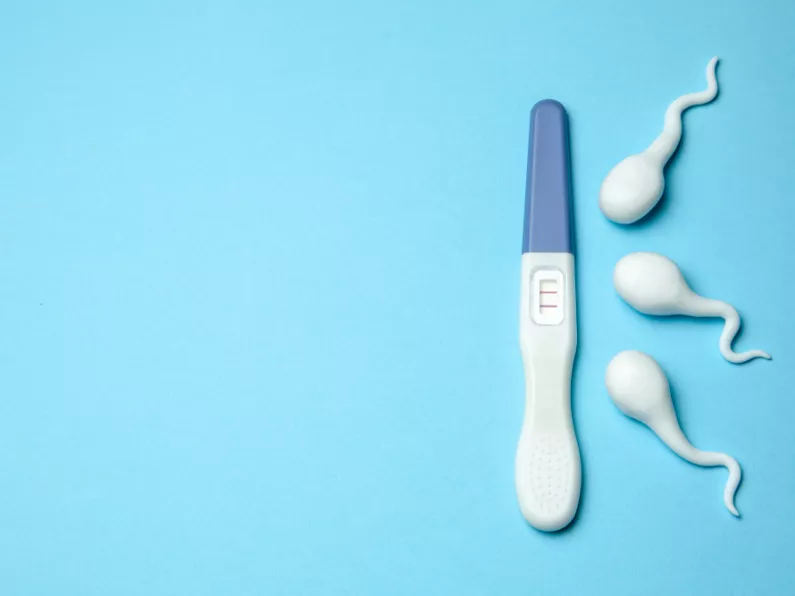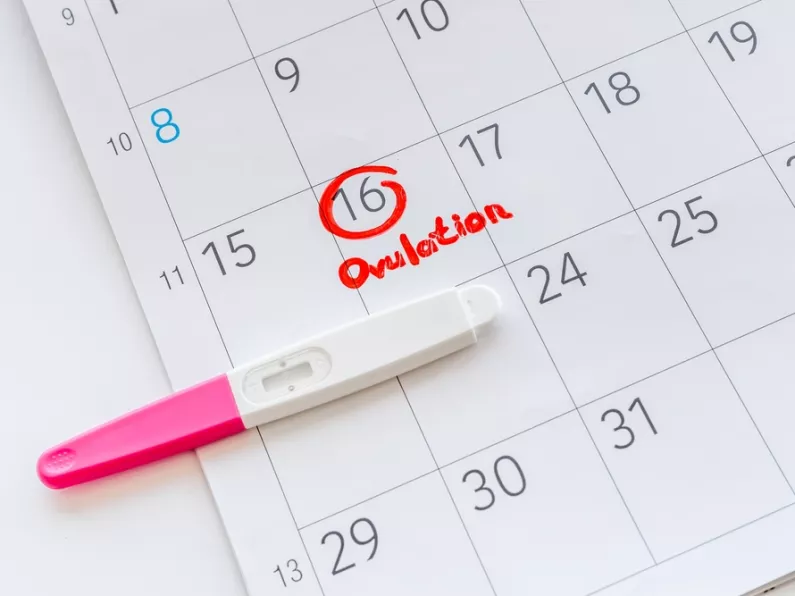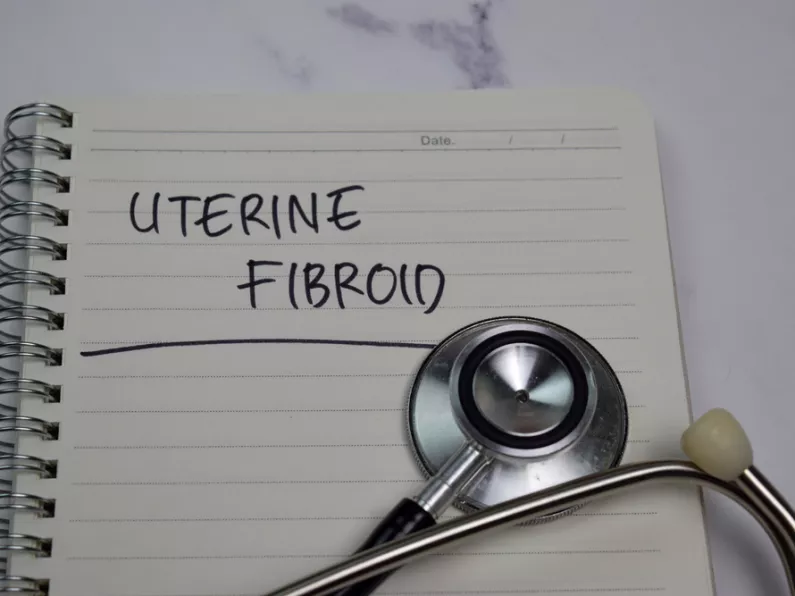PMS - three little letters that we as women are all too familiar with.
PMS, or premenstrual syndrome, describes the symptoms that show up before your period.
These symptoms can range from the emotional such as irritability or depression, to physical symptoms like sore boobs, bloating, and headaches.
What is PMS and what are the symptoms?
Premenstrual syndrome (PMS) and premenstrual tension (PMT) are two different names for the same condition.
The condition is used to describe a group of symptoms that some - but not all - menstruating women experience in the run up to their period each month.
Symptoms appear after ovulation and resolve once bleeding actually starts, a period of approximately two weeks (known medically as the ‘luteal phase’ of the menstrual cycle).
Some 85% of women experience a few menstrual symptoms before each period, but not all will actually have PMS.
PMS is said to be most common between the ages of 20 and 40, and in women who have had only one child.
What are the symptoms?
Symptoms can be either physical or emotional and the most common ones are:
Physical symptoms:
- Cramps
- Headaches
- Sore breasts
- Breakouts
- Bloating
- Nausea
- Food cravings.
Emotional symptoms:
- Stress
- Anxiety
- Low mood
- Depression
- Mood swings
- Irritability
- Panic
- Insomnia.
PMS can also trigger or worsen a few underlying health conditions such as asthma, migraine, cold sores, and eczema.
What causes PMS?
It's not clear what exactly causes PMS, but the ‘balance’ of the two main female hormones oestrogen and progesterone plays an important role.
Several factors are known to contribute to the problem by worsening symptoms, including:
- Diet
- Genetics
- Hormonal changes
- Chemical changes
- Stress
- Psychological issues.
Diagnosing PMS
Diagnosing PMS isn't always easy, so it's worthwhile keeping a diary of your symptoms if you suspect you have PMS.
Some 85% of women experience a few menstrual symptoms before each period, but not all will actually have PMS.
Only when symptoms begin to affect daily quality of life will the diagnosis be considered.
It's worth noting that between 3% and 8% of women experience severe symptoms of PMS, a condition known as PMDD (Premenstrual Dysphoric Disorder).







